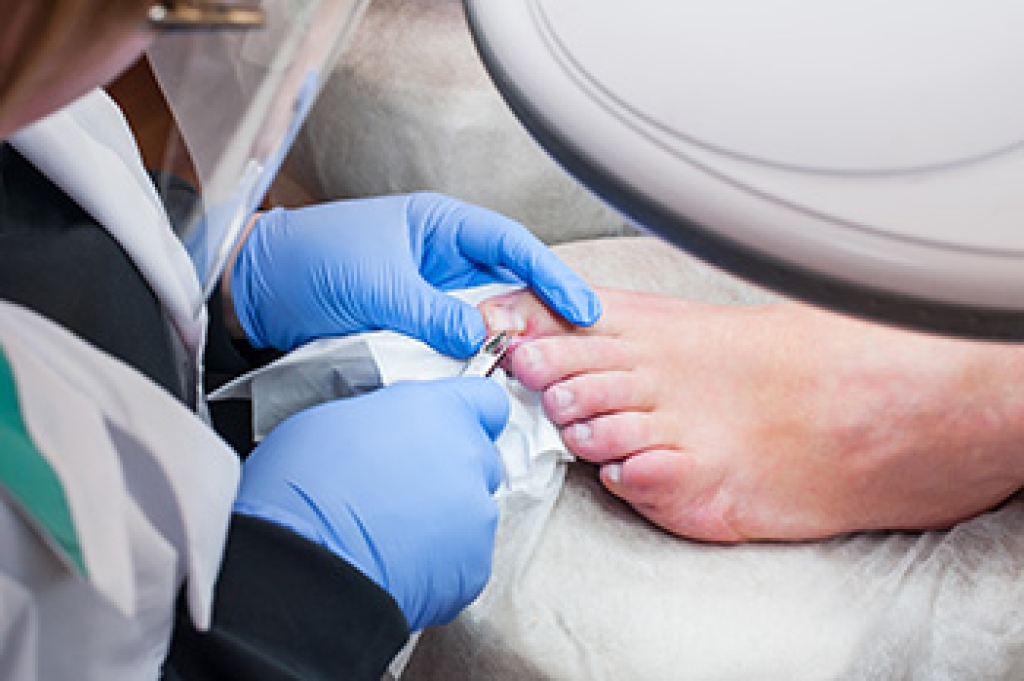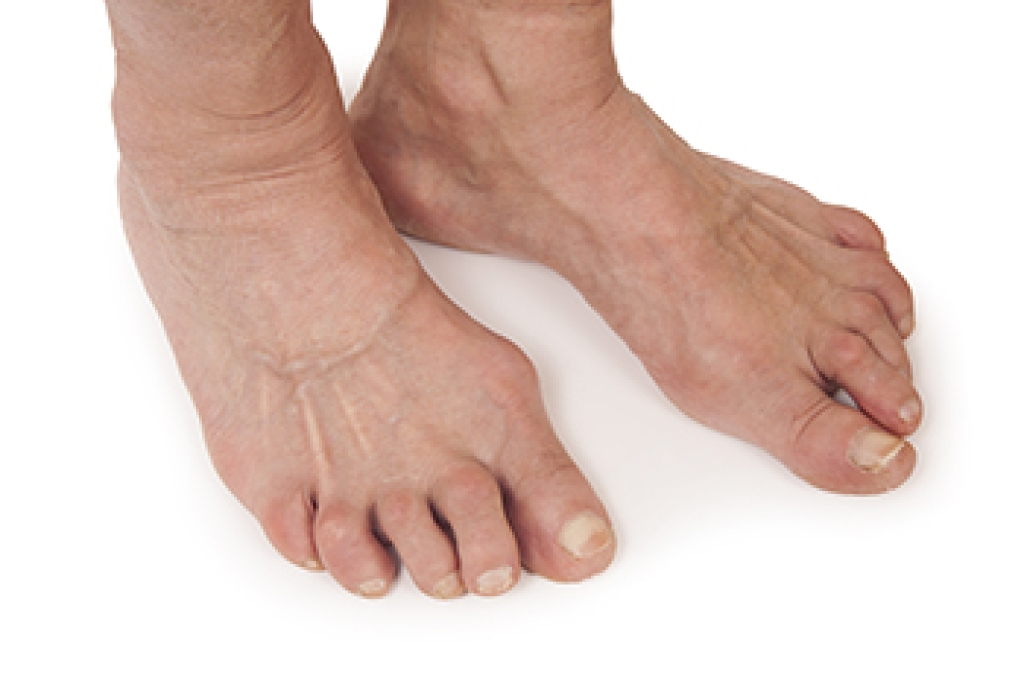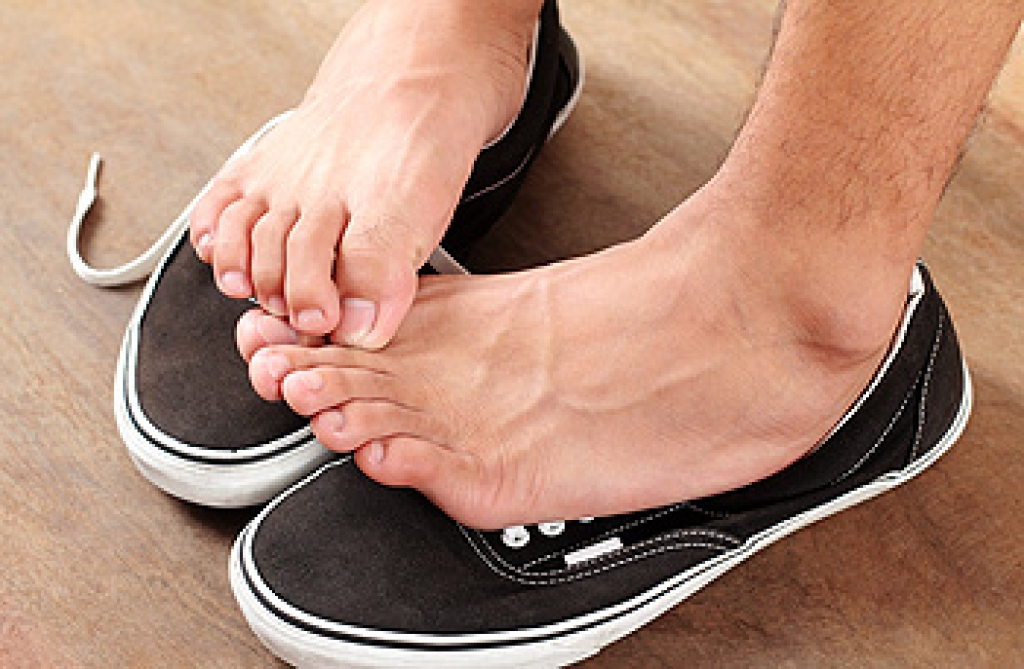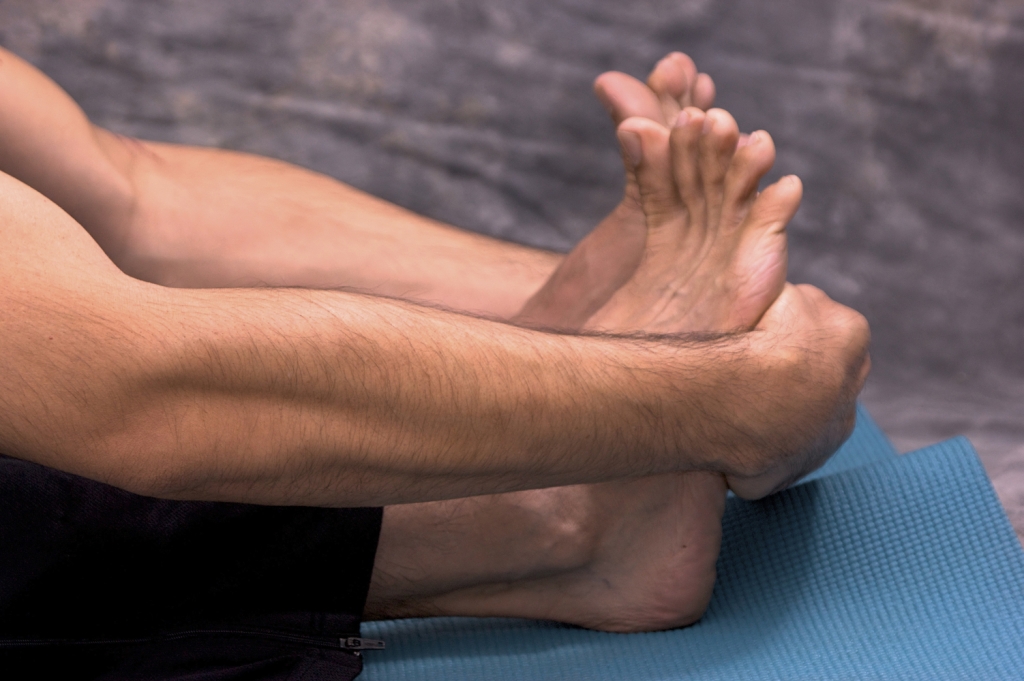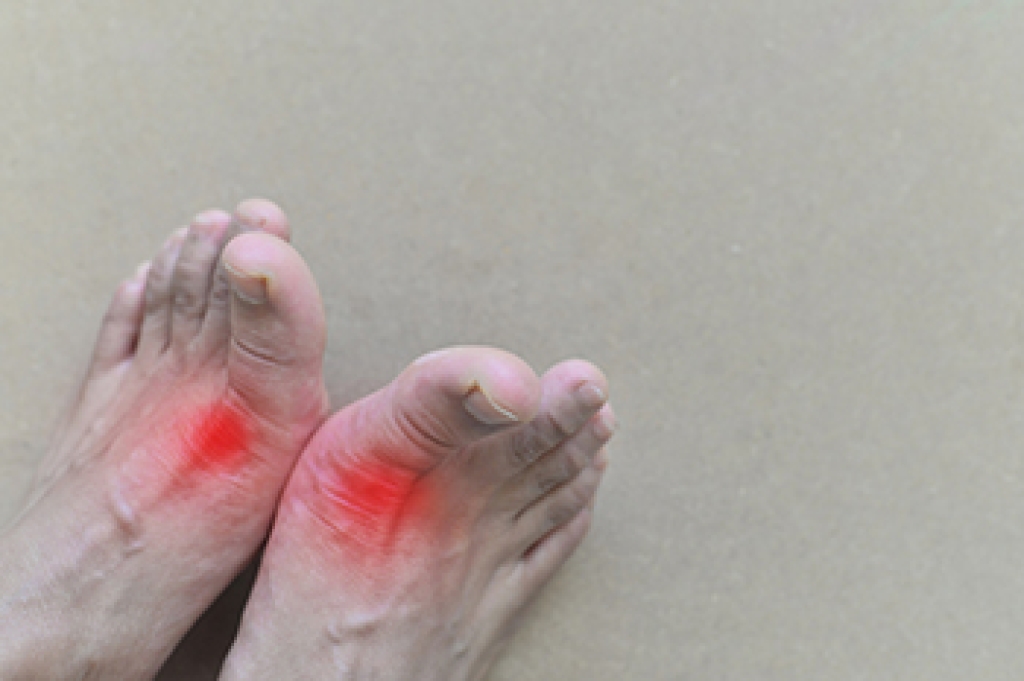
Gout is a painful form of arthritis that often affects the big toe, though it can strike other joints in the feet and ankles. It tends to occur more commonly in men over 40 and in women after menopause. Gout develops when uric acid builds up in the bloodstream and forms sharp crystals in the joints. These crystals cause sudden and intense pain, redness, swelling, and warmth that may make even a bedsheet feel unbearable against the skin. The affected joint often appears shiny and inflamed, and attacks can come on suddenly, sometimes overnight. A podiatrist can help by accurately diagnosing gout through examination, imaging, and lab testing. Treatments include medication to reduce pain and inflammation, dietary guidance, and strategies to prevent future flare ups. It is suggested that if you experience symptoms of gout, you make an appointment with a podiatrist for professional care and relief.
Gout is a painful condition that can be treated. If you are seeking treatment, contact Renee Rodriquez, DPM from Foot Clinic of South Texas. Our doctor will treat your foot and ankle needs.
What Is Gout?
Gout is a form of arthritis that is characterized by sudden, severe attacks of pain, redness, and tenderness in the joints. The condition usually affects the joint at the base of the big toe. A gout attack can occur at any random time, such as the middle of the night while you are asleep.
Symptoms
- Intense Joint Pain - Usually around the large joint of your big toe, and it most severe within the first four to twelve hours
- Lingering Discomfort - Joint discomfort may last from a few days to a few weeks
- Inflammation and Redness -Affected joints may become swollen, tender, warm and red
- Limited Range of Motion - May experience a decrease in joint mobility
Risk Factors
- Genetics - If family members have gout, you’re more likely to have it
- Medications - Diuretic medications can raise uric acid levels
- Gender/Age - Gout is more common in men until the age of 60. It is believed that estrogen protects women until that point
- Diet - Eating red meat and shellfish increases your risk
- Alcohol - Having more than two alcoholic drinks per day increases your risk
- Obesity - Obese people are at a higher risk for gout
Prior to visiting your podiatrist to receive treatment for gout, there are a few things you should do beforehand. If you have gout you should write down your symptoms--including when they started and how often you experience them, important medical information you may have, and any questions you may have. Writing down these three things will help your podiatrist in assessing your specific situation so that he or she may provide the best route of treatment for you.
If you have any questions, please feel free to contact our office located in Brownsville, TX . We offer the newest diagnostic and treatment technologies for all your foot care needs.
